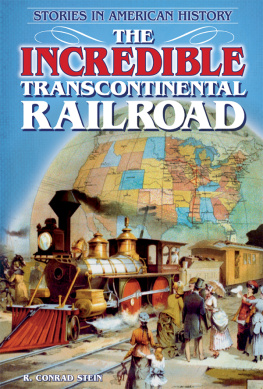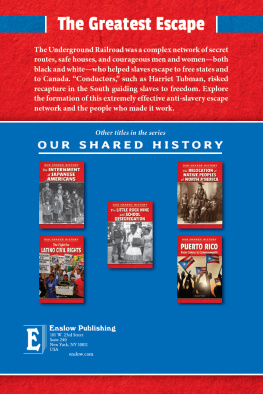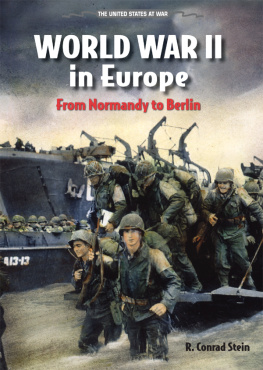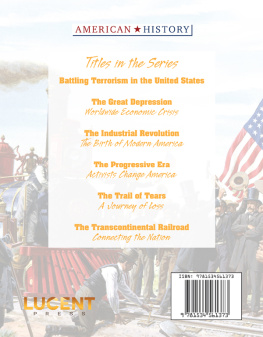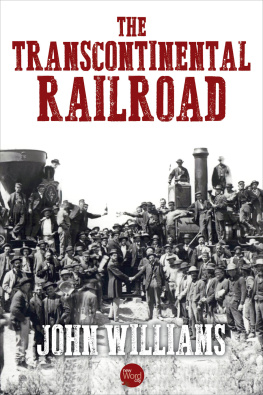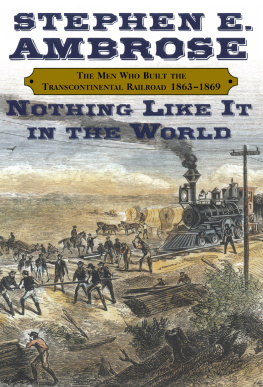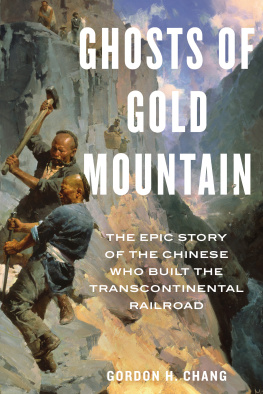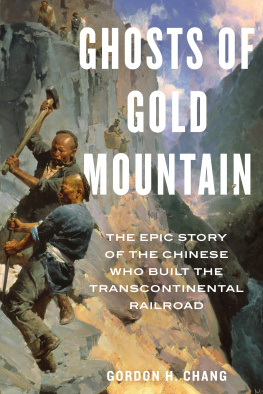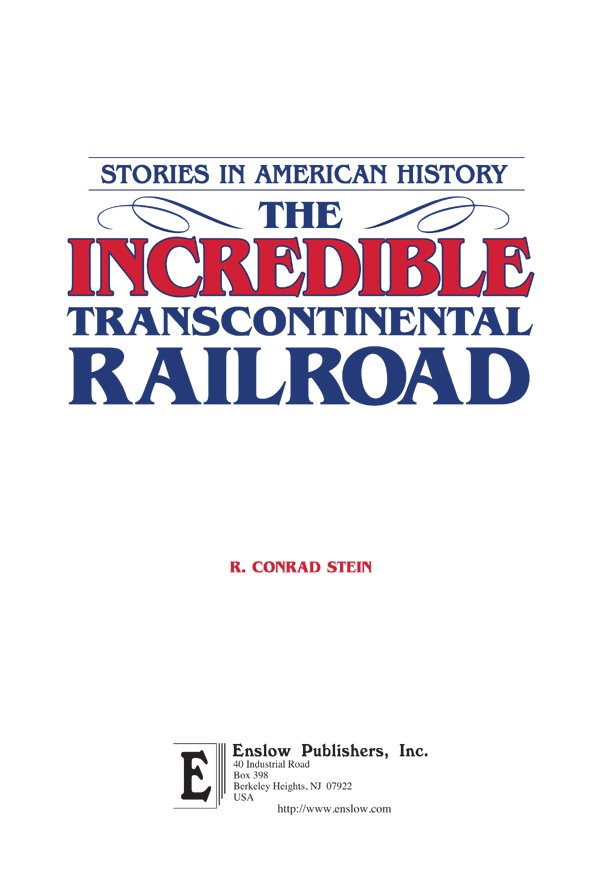Yet the day would come when Crocker, the bullheaded businessman, and Judah the dreamer would unite to build a great railroad.
In the Civil War, the Unions victory over the Confederacy was largely due in part to the superior Northern railroads, which kept the military stocked with supplies. As a result, the United States realized the great value of a transcontinental railroad.
In The Incredible Transcontinental Railroad: Stories in American History, author R. Conrad Stein tells the stories of those who, whether motivated by money and greed or by idealism and dedication to a lofty goal, played a part in creating a railroad that would unite a country.
ABOUT THE AUTHOR
R. Conrad Stein is the author of more than eighty books for young readers. A lifelong train buff, he enjoys marveling at old engines and train equipment. Stein is a veteran of the United States Marine Corps, and has a degree in History from the University of Illinois.

Image Credit: Shutterstock.com
A re-creation of the Jupiter, one of the famous trains that met at Promontory Point, Utah, for the driving of the final spike to complete the Continental Railroad, blows off some steam during its winter run.
On a dusty plain just north of Salt Lake City, Utah, a crowd of well-dressed men and women mingled with workers in overalls. The dignitaries guzzled down glasses of champagne. A brass band was poised to play. Two companies of United States soldiers stood at attention. For the occasion, the plain was called Promontory Point. The date was May 10, 1869.
Promontory Point was the linkup spot where two huge railroad construction crews came together. One crew had started in California, blasted through the Sierra Nevada, bridged rivers, and carved out forests in order to build tracks to Promontory. The other crew began hammering down track in Nebraska, fought American Indians, crossed mountains, and toiled over waterless wastes to reach the meeting point. In all, some twenty thousand workers had laid 1,175 miles of track, most of it in the last three years. Now, at last, the job was over. A single line of track had been built over the western half of the United States. That line connected with existing railroad networks east of the Mississippi River. It was now possible for an American to make the incredible journey between the Atlantic on the East Coast and the Pacific on the West Coast by train.

Image Credit: The American West in the Nineteenth Century: 225 Illustrations from Harpers Weekly and Other Contemporary Sources
At a special ceremony, workers, engineers, and supervisors of the Central Pacific and Union Pacific railroads celebrated the completion of the transcontinental railroad at Promontory Point, Utah, on May 10, 1869.
Millions of spikes had been driven into thousands of crossties to build this first transcontinental railroad. The last spike to be placed in a crosstie would be a golden one. That was the reason why the band had come to play and company officials had gathered to make speeches. Around the country, people waited, breathless, to hear the news that the great railway had finally brought East and West together. The transcontinental line was a dream that had been nurtured for more than a quarter of a century. The golden spike would turn the dream into a reality. In Sacramento, California, citizens had decorated thirty locomotive engines with red, white, and blue paper. When news of the last spike came by telegraph, the train engineers were ordered to blow their whistles in unison, thereby creating a symphony of steam. In New York, one hundred cannoneers waited to fire a booming salute. In Chicago, people formed a parade that would eventually be seven miles long. At 12:27 P.M. , a Promontory Point telegrapher clicked out the message: ALMOST READY. HATS OFF. PRAYER IS BEING OFFERED.
While prayers and speeches were delivered, two train engines sat on the single track, facing each other.

Image Credit: Courtesy of California State Railroad Museum
An engraved golden spike was used in the Meeting of the Rails ceremony. The spike shown is its near-identical twin, which can be seen at the California State Railroad Museum in Sacramento, California. Very few people (historians included) were aware of a lost golden spike that was cast as part of the original order for the gold Last Spike of Transcontinental Railroad fame.
An engine named the Jupiter had come from California, and another engine simply called No. 119 had come from the East. At the end of the ritual, they were slated to inch forward until their wedge-shaped pilots, or cowcatchers, which protruded from the front ends, touched. Such would be the symbolic marriage of East with West, the final kissing of the bride. In faraway San Francisco, the writer Bret Harte pictured the two engines hissing on their tracks and began a poem:
What was it the Engines said,
Pilots touching,head to head
Facing on a single track,
Half a world behind each back?
Iwant you to write me a great deal about our little girl. I often think of her when night has hushed all sounds. Poor child! I shall never forget [her] expression when I took her in my arms and kissed her on the morning I left home.
From a letter written in 1850 by a California gold miner named William Swain to his wife in Niagara Falls, New York
In the 1840s, the excitement of western expansion gripped the country. Our population is rolling toward the shores of the Pacific with an impetus greater than what we realize, said Congressman John C. Calhoun in an 1843 speech. The drive toward the Pacific came to be called Americas manifest destiny. The term meant that westward expansion was the countrys inevitable future, as if it were a commandment issued by God. The spirit of manifest destiny encouraged America to absorb the Oregon Territory and to persuade the fledgling independent nation of Texas to join the Union. Manifest destiny was a major cause of the war with Mexico, fought from 1846 to 1848. At the conclusion of that war, America acquired the southwestern states and California. With California in its fold, the country now spanned the continent. But the promise of manifest destiny would be unfulfilled until Americans settled the vast and relatively empty lands of the West.
When the United States took possession of California, Los Angeles was a sleepy village and San Francisco a tiny port. Then, in January 1848, a ranch foreman discovered a piece of shining metal on Johann Sutters property near Sacramento. The speck of metal was only the size of a pea, but it was pure gold. News of the find quickly reached the eastern states and spread to other countries, too. Hunger for gold triggered a human stampede. In 1849 alone, some eighty-five thousand adventurers swarmed to California seeking their fortune. Those who arrived in 1849 were called the 49ers. The vast majority of 49ers found no gold at all. But they were the spearhead of manifest destiny, and they wrote a colorful chapter in American history. As they started out on their journey, many of the gold seekers sang a song to the tune of O! Susannah!:

